


Jason Blundell likes to tell stories. The director of Call of Duty’s Zombies mode has a habit of launching into one just as he’s finished a previous one, or even interrupting the one he’s telling to tell another one, with an incredible level of energy that’s downright infectious.
“The great thing about Chazz Palminteri,” he tells us of his time working on Mob of The Dead with its ensemble cast of popular actors, “is sometimes you’d give him a line and he’d be like ‘An Italian wouldn’t say that! This is how he’d say it.’ “He’d start swearing in Italian and we’d ask what he meant. And he’d say ‘You just wouldn’t say it to your mother, that’s all you need to know.’”
Blundell has a lot of stories like this, all entertaining or interesting, including his recollection of how Call of Duty’s popular zombies mode was born back in 2008 with World at War. Blundell wasn’t working on the mode then. He was elsewhere in the studio, helping get the campaign ready to go. He recalls the strange path to life that Zombies mode, a mode he would eventually come to lead development on, with vividness though. “During this time, everyone was doing tower defense and there was a part of one of the airfield maps in the campaign where Nazis got bombed. So they’d emerged from the bombing on fire, walking forward, and we began thinking 'They look like zombies,’ and we had this idea of ‘Well, what if they just come through the smoke and you fight them?’”

Slowly different departments began to put the mode together largely in their free time, of which there was little to spare since Treyarch and Activision were trying to get World At War out the door. “I think the next group that got involved was animation," he says. "They said, ‘I can give you some help on that. Let me give you some stuff.’ Then [the sound department] supplied the moan. It started to get fleshed out from there. Different groups came by, saw it, and said, 'I can make little textures and tweaks.'”
Piece by piece, the strangest part of the biggest shooter franchise in the world was coming together but the journey wasn’t without its roadblocks. "There are several people who remained unnamed who are still actually part of the zombies development team who said 'We should kill this. It's diverting our attention,” Blundell recalls. “With my production background, I agreed! However, when you see something that has that sort of energy, you can't deny it. It's lightening in a bottle, very rare. The sort of stuff we make in studios requires a lot of time and people, so when these sort of things happen, you have to grab onto it with both hands."
At this point, zombies was functional and fun: A single map filled with player models and other assets ripped from the campaign that put players against waves of the undead. Employees were taking time out of their lunch to play the game and last as long as they could for the sake of bragging rights. There was a problem though.
What the hell was Treyarch supposed to do with this thing it had cobbled together?
“World at War was a very serious campaign,” Blundell says. “It was the Pacific campaign, which ends with the atomic bomb being dropped. There was a great sensitivity about how you deal with that, how do you treat that? Obviously, from our perspective you've got to do it respectfully. So the idea of making a zombies mode in this game was very sensitive.”
That’s when publisher Activision came in.
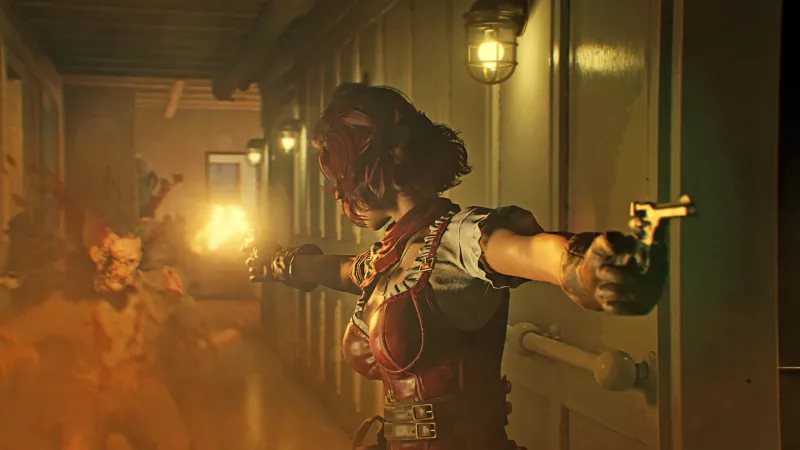
“The partnership between a publisher and a developer needs to be healthy,” Blundell says. “Because again we work as a partnership, this is something we feel very strongly about. It has to be equal, has to be push and pull on both sides. So we snuck out the executives one at a time, had them play it, and then leave again. We thought it was going to get killed. We knew we were okay when we started to get emails from the executives saying "I got to round 12" because they started playing it in their own time so they all started bragging about how high they were getting.”
In the end, Activision and Treyarch couldn’t resist the gruesome, stumbling charms of its zombie mode. Neither could the rest of the world.
“It was decided that we'd put it as a mode unlocked after the campaign," Blundell says. "There’d be no marketing behind it at all. As an outsider, I will credit that single decision the reason why zombies became so popular. Because we didn't push it, we didn't talk about it, didn't do anything.”
He smiles. “So the community owned it.”
In the years since, Zombies mode emerged as the defining quality of World At War in the series. The lack of advertising made unlocking the mode after beating the campaign feel like a throwback to retro gaming rewards, a strange sensation in an industry that was beginning a turbulent love affair with DLC and microtransactions.
“It was very much word of mouth," Blundell says. "'Have you been there? Have you completed the campaign? Have you seen this thing?’ And that first map, Night Of The Dead, they started scrutinizing. Because we didn't have voices on the characters either. There was no budget for that or writing staff, so you had four mute characters all taken from the campaign, running around this place. That made the community's imagination go wild. "Who are these people? Why are these zombies coming in?”
The strong, positive reactions to the mode convinced Activision there was more to the Zombies than a simple, one-off game. Treyarch began to work on including zombie maps in its map packs alongside traditional multiplayer maps. Blundell came to work on the mode with third map, Der Riese. “I was terrified because there was already a passionate community" he says. "I was asked to make a map. My background had always been campaigns and storytelling and I thought I could give some more juice to it and leave my own fingerprints on it. So we added the teleporter, the monkey bomb, the Bowie knife, pack-a-punch machine. It just started growing and growing, and the community started to galvanize around it. That's kind of taken us all the way through to Black Ops 4.”
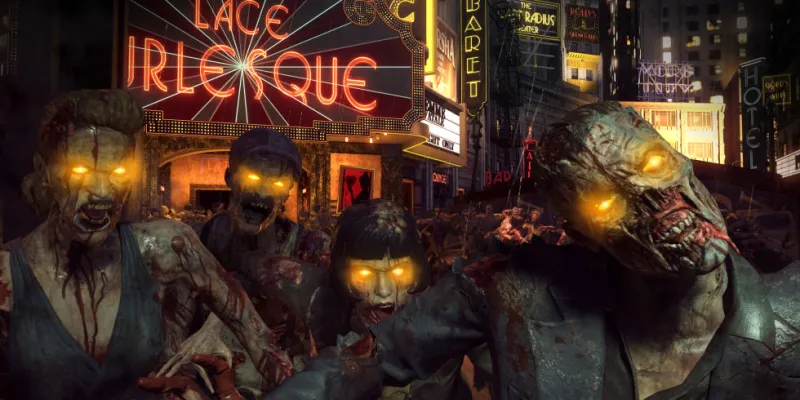
Indeed. Zombies has become a staple of Call of Duty, with nearly every installment since World at War having some variation of Zombies mode (except for Ghosts, which had an alien cooperative mode called Extinction). The mode has clearly become a popular multiplayer mode, especially for those who yearn for the days of couch co-op. However, there’s also an embedded part of that community that loves the long, convoluted storyline that Blundell and lead writer Craig Houston have been weaving through the entries over the years to form what Blundell calls The Aether storyline. The Aether stoyline centers around alternate realities and timelines, which has let Treyarch bring the modes to creative locales like the Noir-inspired map of Black Ops III, Shadows of Evil, and gangsterfied Alcatraz of Mob of The Dead.
During our visit to Treyarch, Blundell showed us a huge mural that he says explains the entire story of the Aether timeline. It’s a giant thing, with symbols and lines zipping in every direction, like some madman’s map from sorcerer’s castle. We can’t make heads or tails of it, but Blundell assures us that it makes sense. It’s hard to know if he’s pulling our legs though, as earlier in the day he told us he flashed signals to community members in code during interviews and functions and has worn various mementos from characters in the Zombies’ series (like Richtofen’s blood vials) just to get to the community engaged. Whatever he and the rest of the team are doing, it seems to be working.
The subreddit for Zombies subreddit (UnDeaddit) boasts over 100,000 members and usually have 1,000 active online at any given time. Countless videos exist on YouTube of people picking apart the lore of the Aether storyline and interviews with Blundell himself. While it may seem like a bit of a bluff at first glance, Blundell’s statement that the community “owns” Zombies rings true once you’re confronted with the enthusiastic evidence out there.
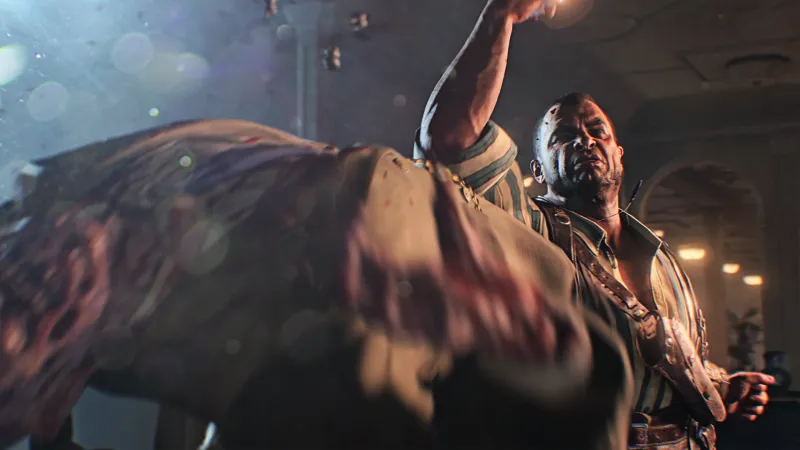
The developer is gearing up to bring more people into that community with a new storyline. “Lead Writer Craig Houston and I will go off and sit in a hotel and will plan out what we're doing with the story and develop the main connective points,” Blundell tells us, revealing that these story “spines” last years and span multiple entries. “To give you an idea, when the last spine was made...was Mob of the dead. So Mob of the Dead's spine took us from Black Ops II to all the way to the end of Black Ops III. And the next one is happening next week.”
The next storyline, called the Chaos story, is essentially a clean slate and one intended to be less complicated. “The Aether story is 10 years old. If you are wanting to lose yourself in the insanity of storytelling, that one is for you. But if you're new to this, we have the chaos story. With The Nine and Voyage of despair. You're starting at the ground floor. It won't [begin] complicated," Blundell says.
From cobbled together leftovers to one of gaming’s strangest phenomena, Call of Duty’s unlikely powerhouse mode shows no signs of stopping. To be honest? We can’t wait to see what strange, wacky places it goes next.
Click on the banner below to enter our constantly-updating hub of exclusive content on Call of Duty: Black Ops 4.
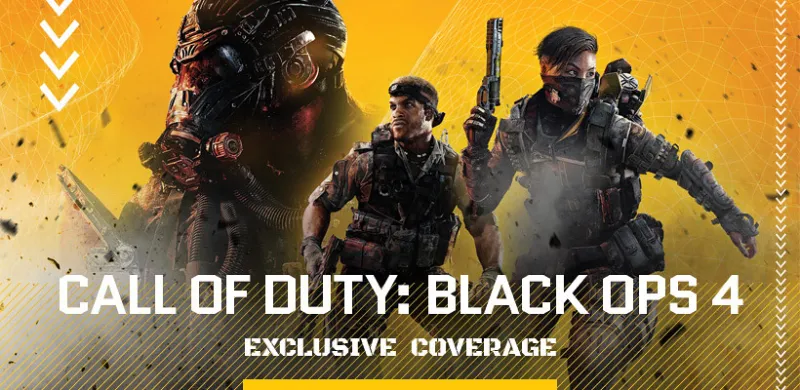
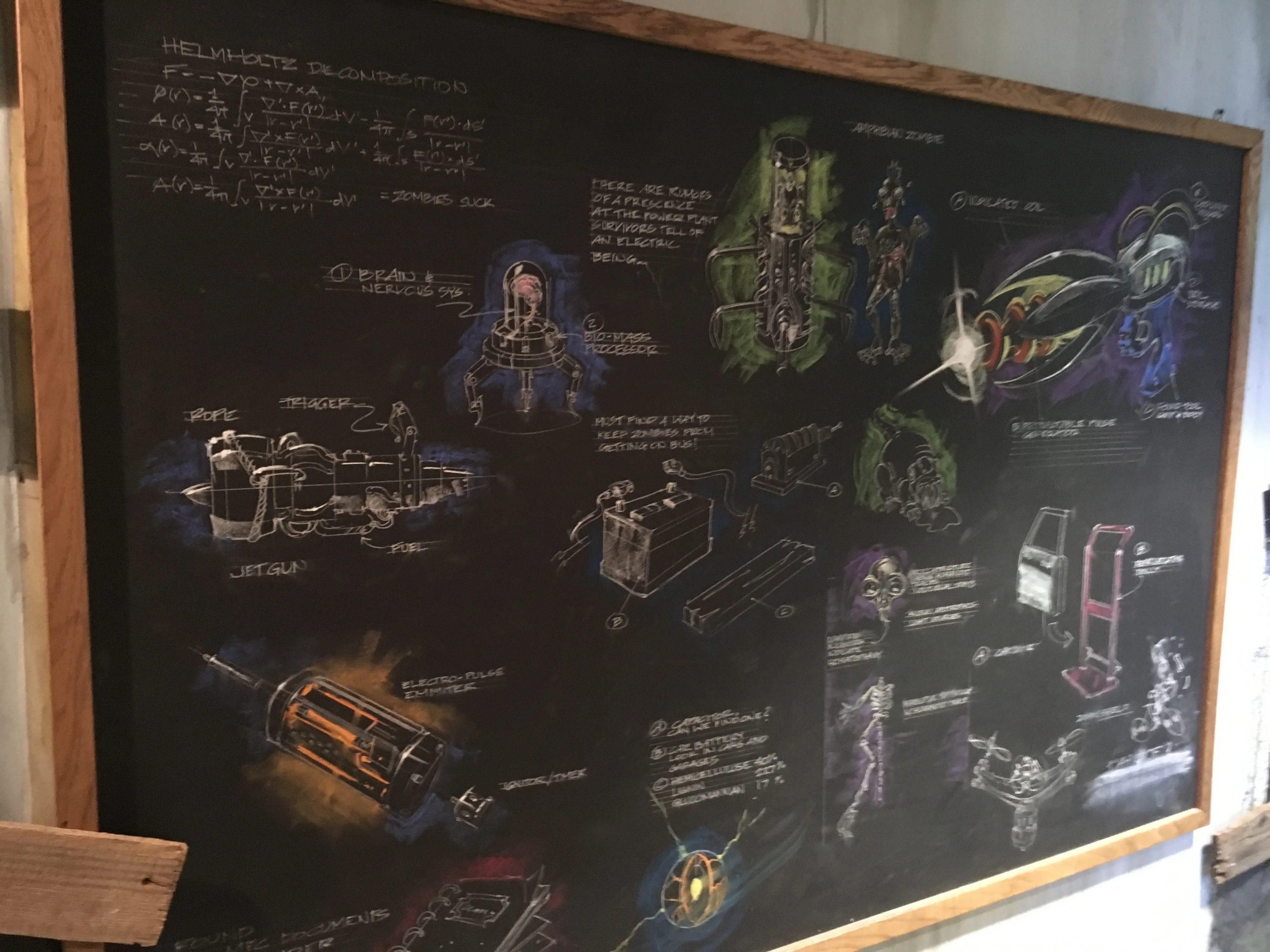
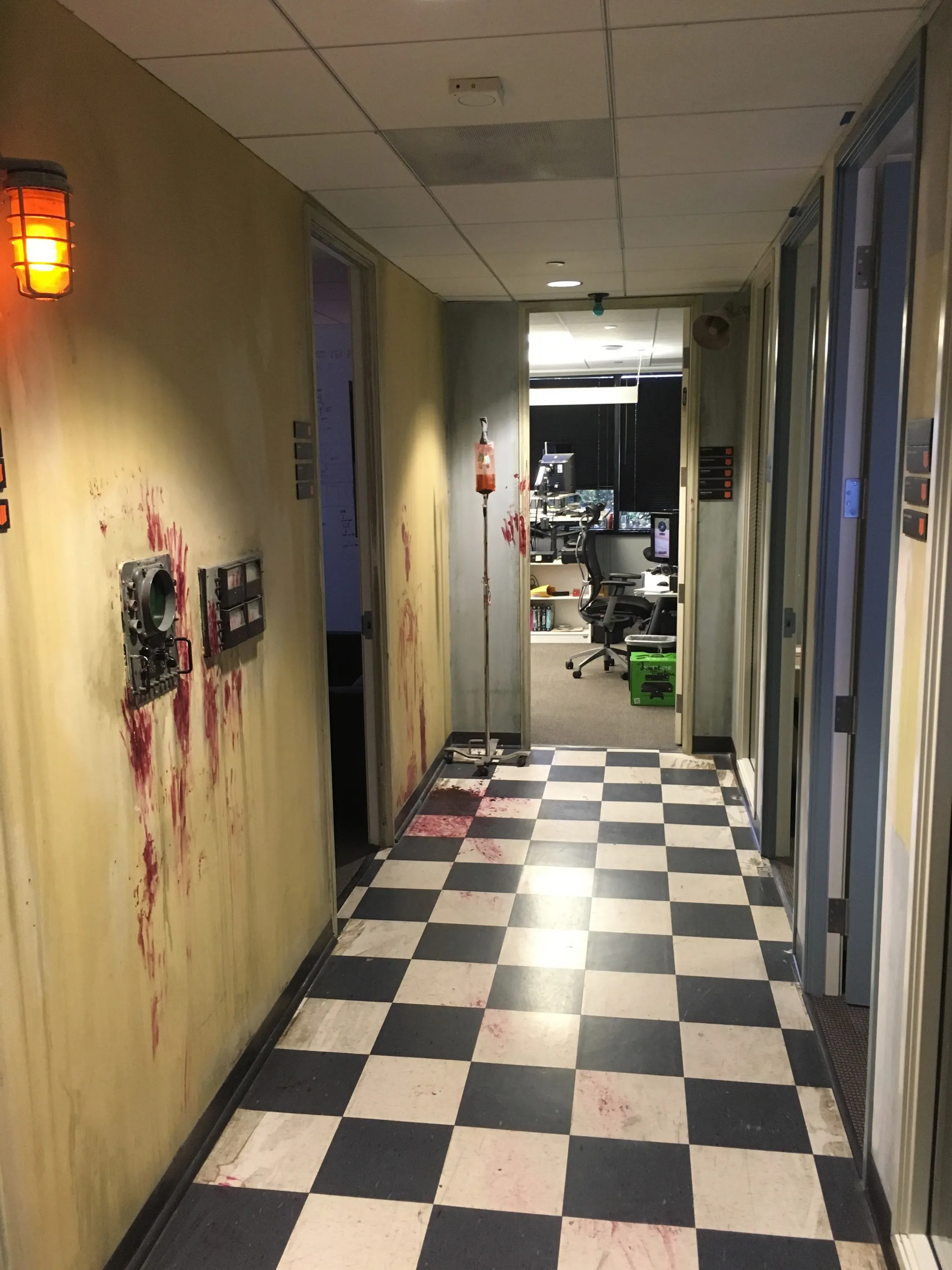
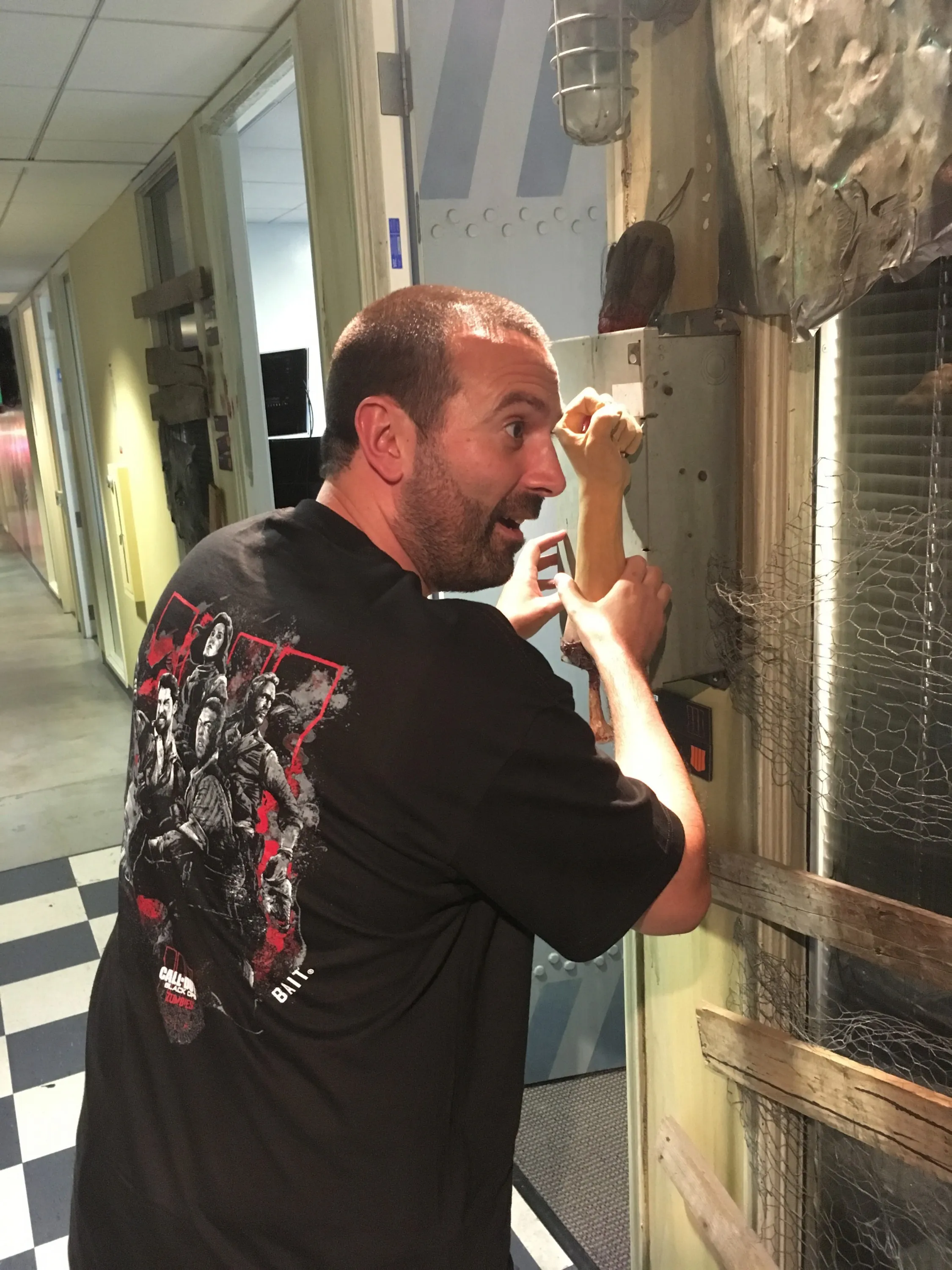

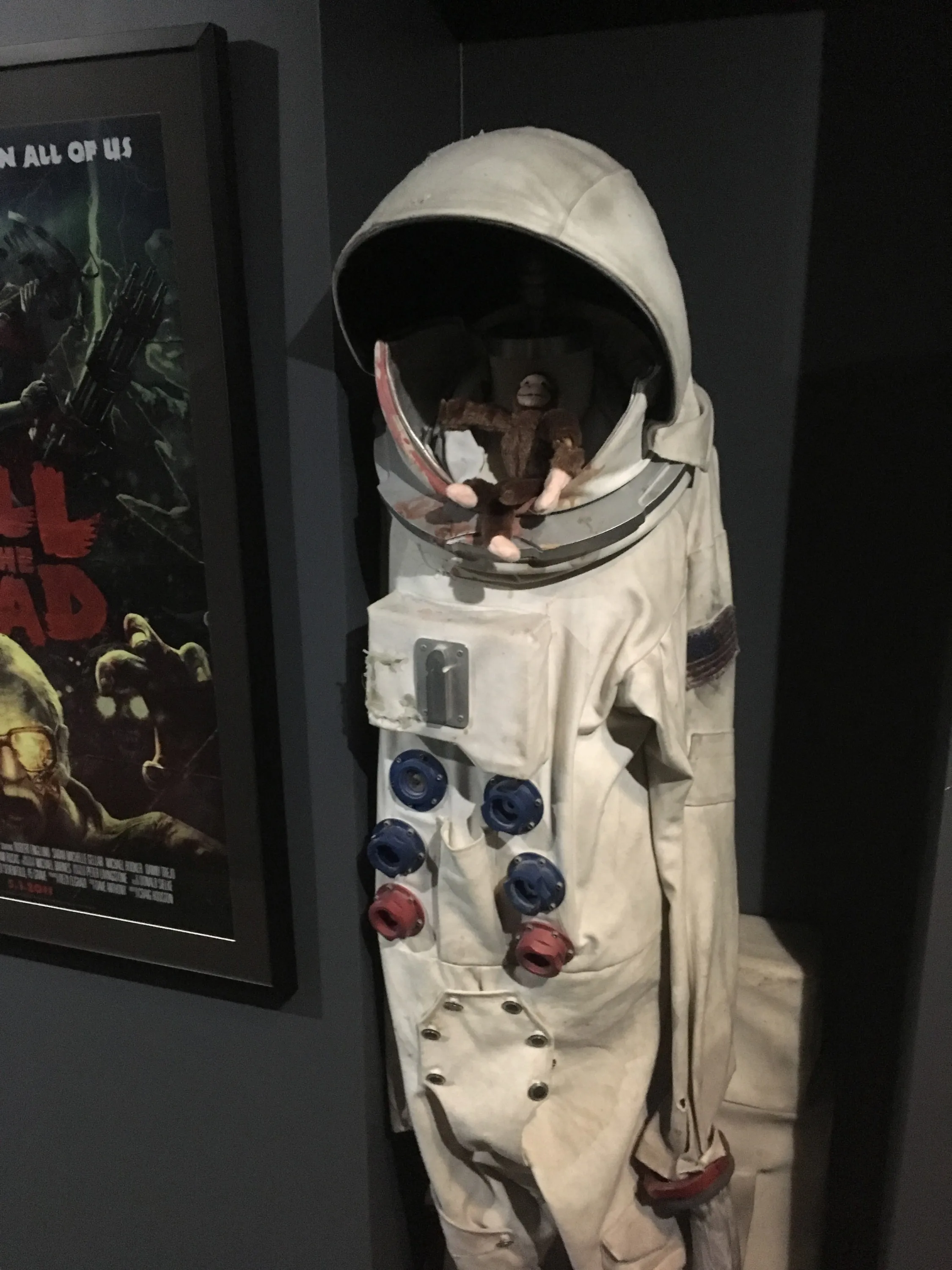
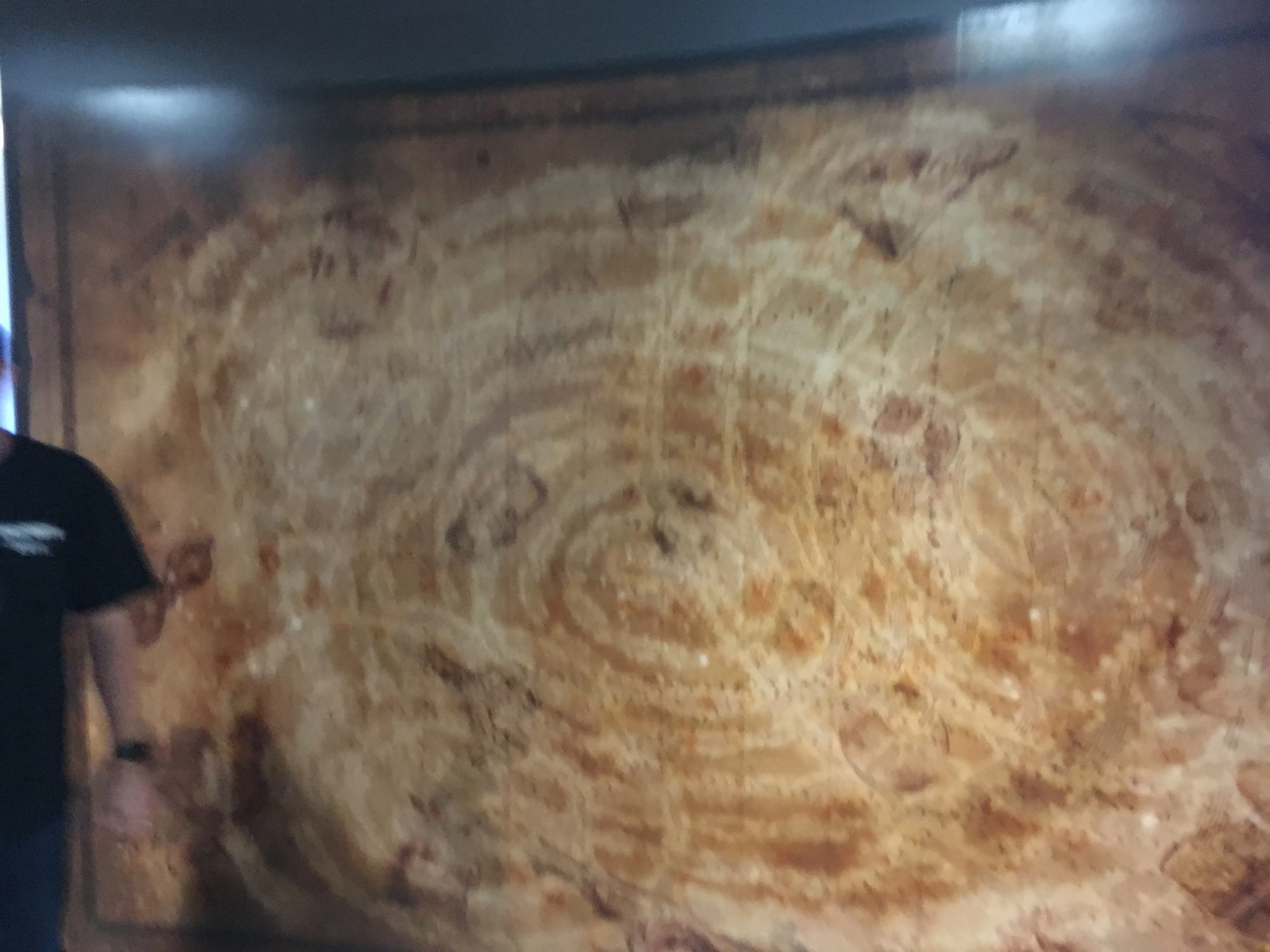
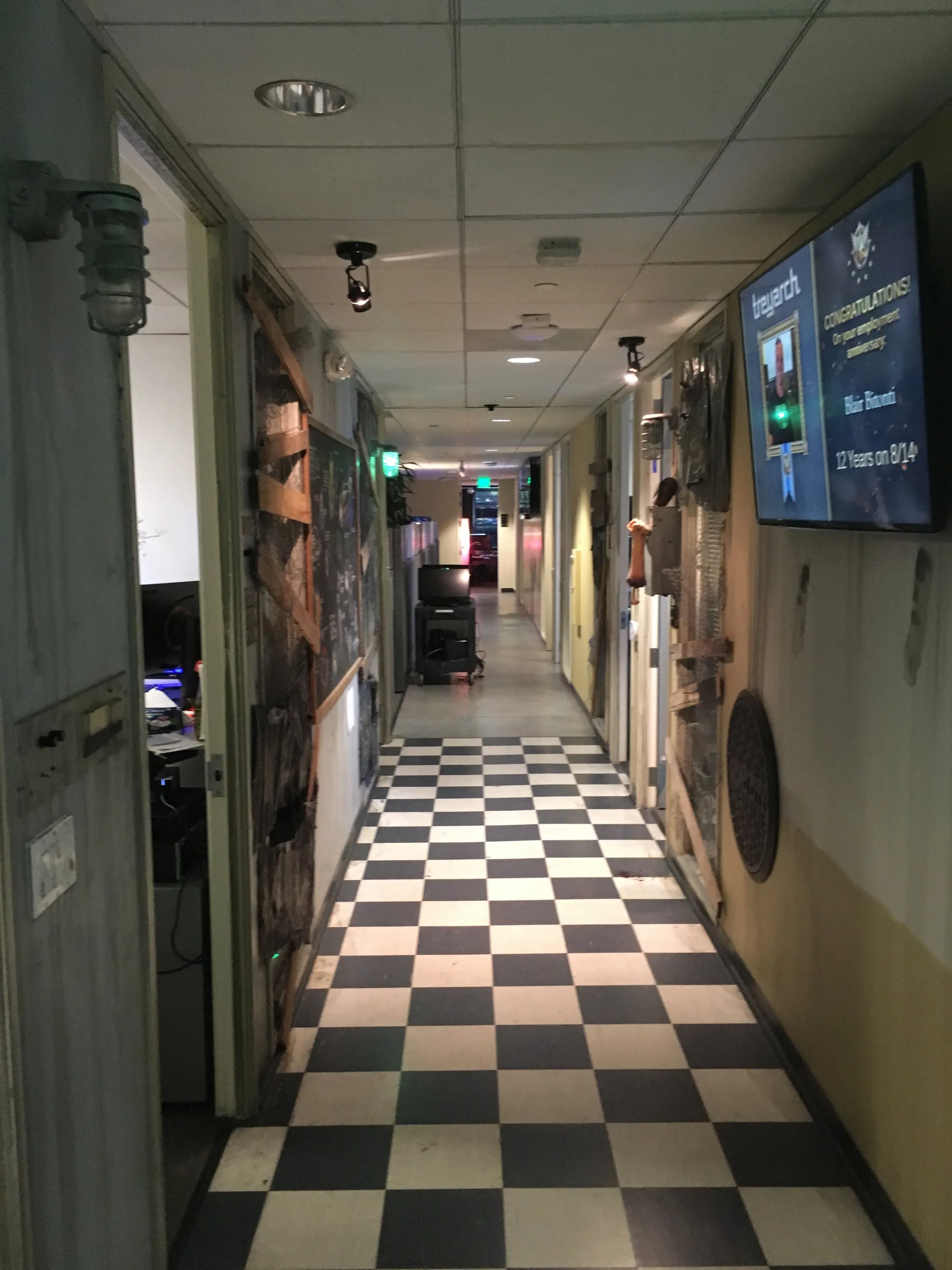

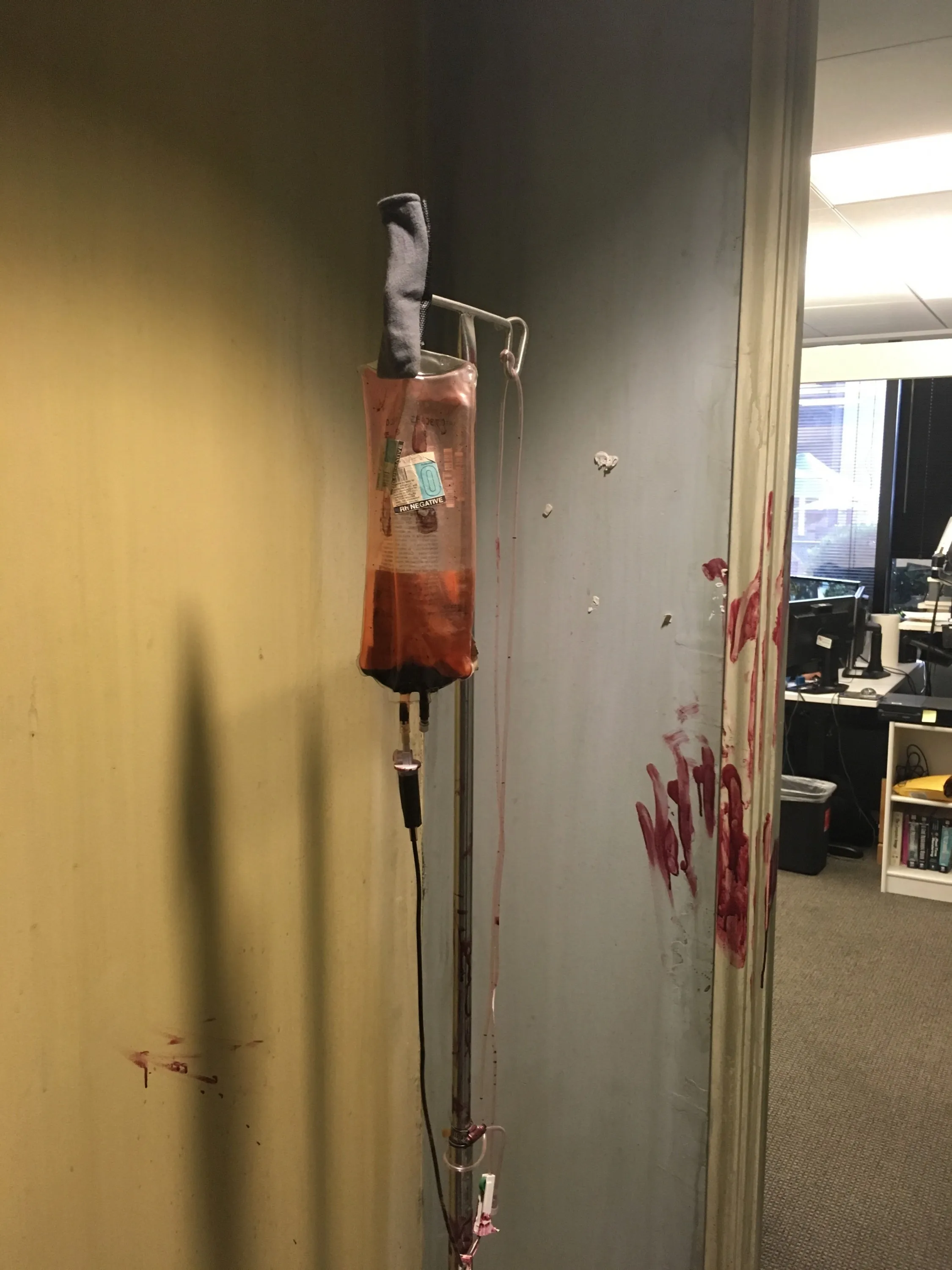
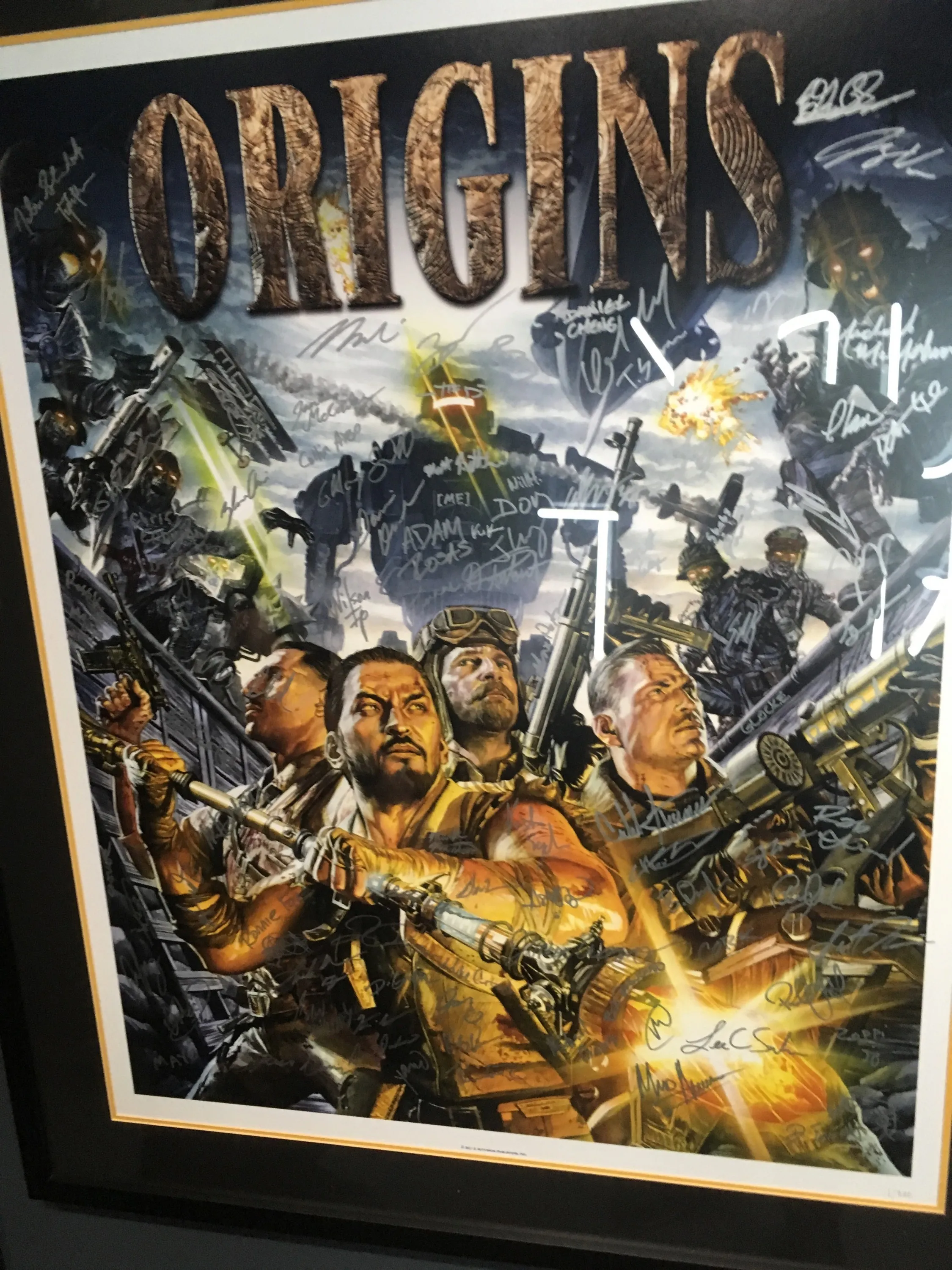
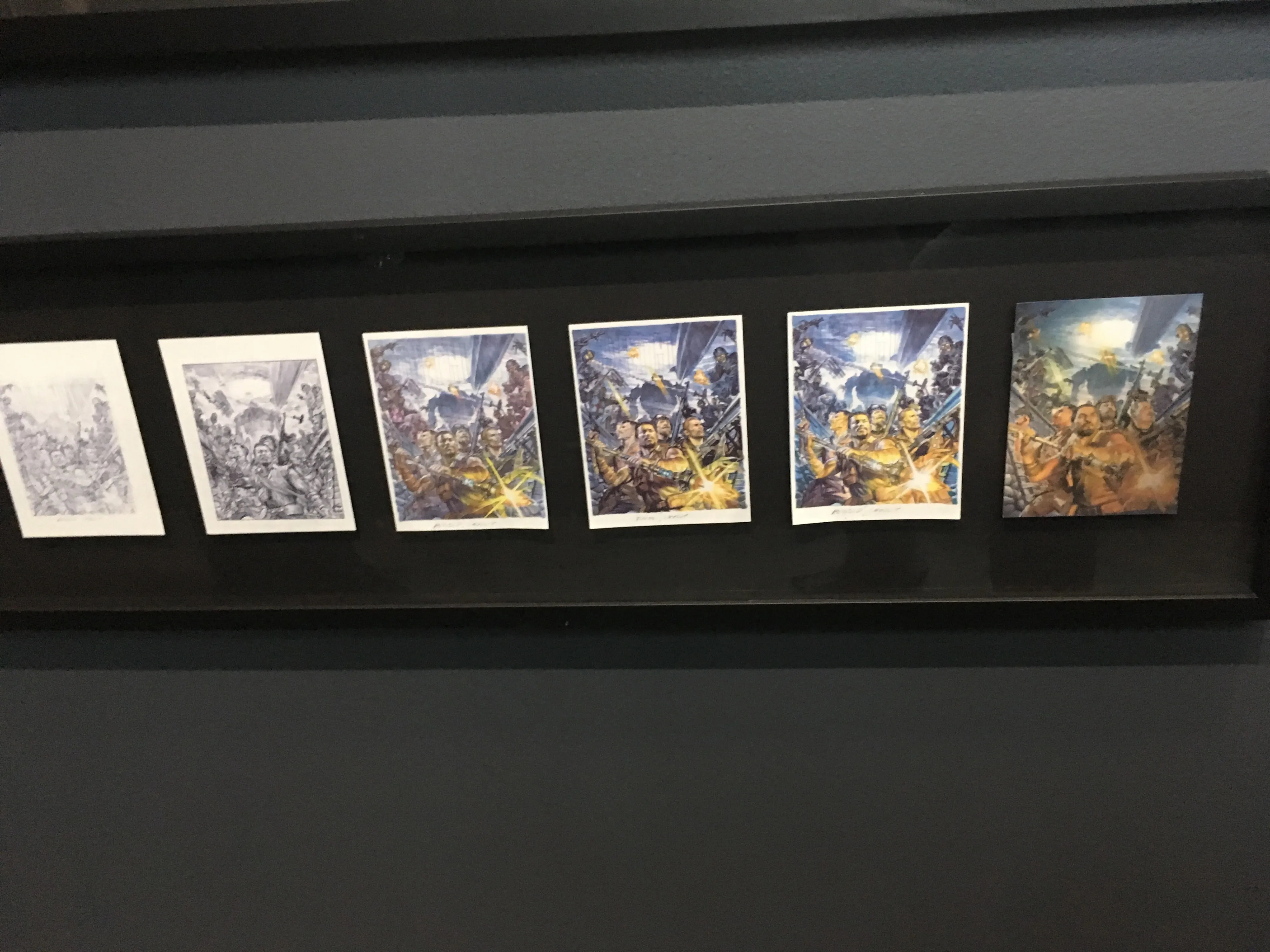
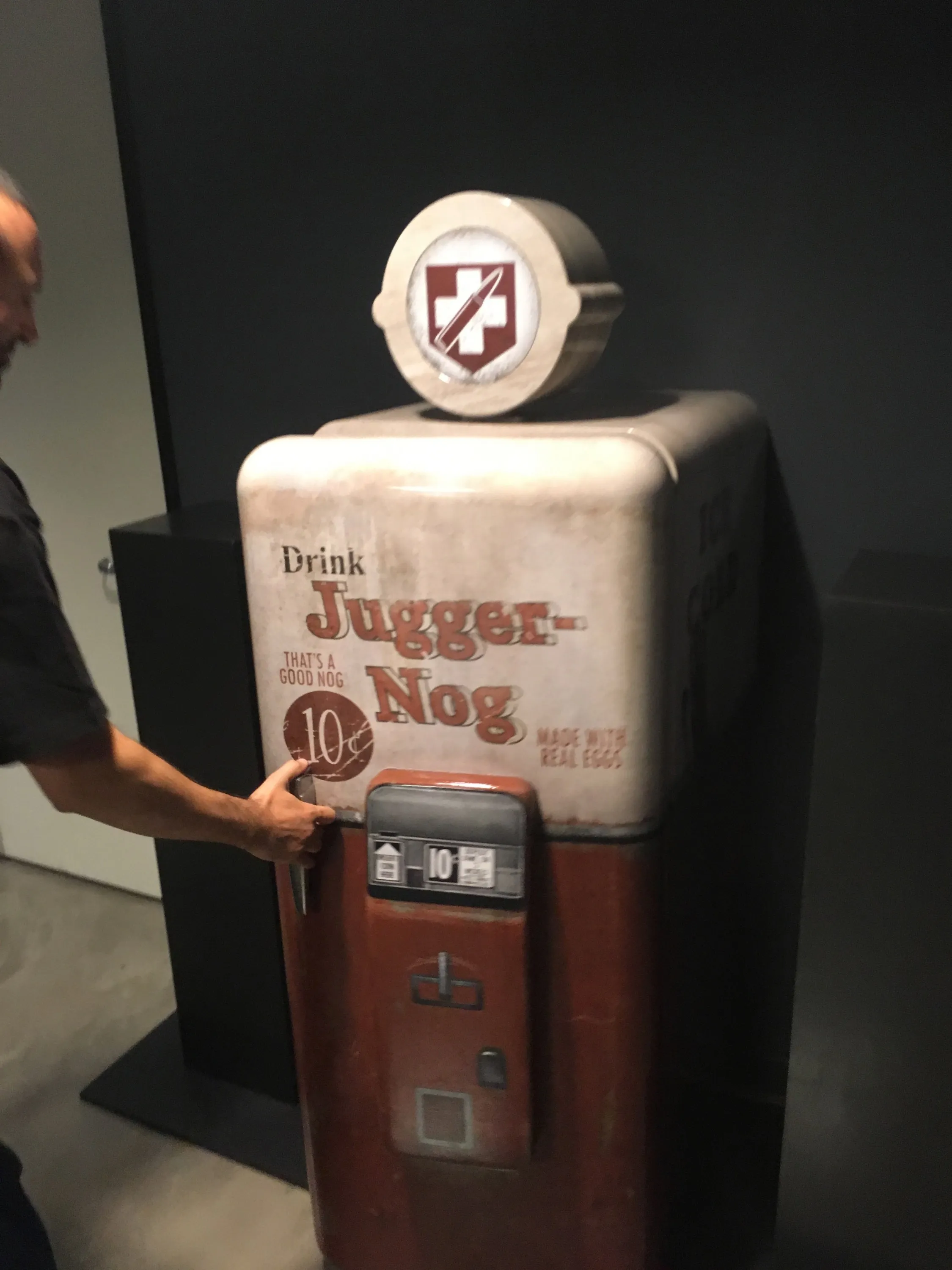

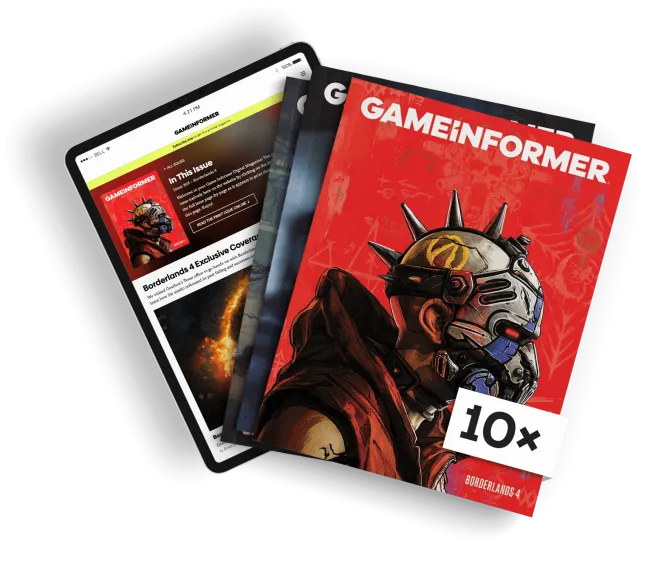
Explore your favorite games in premium print format, delivered to your door.